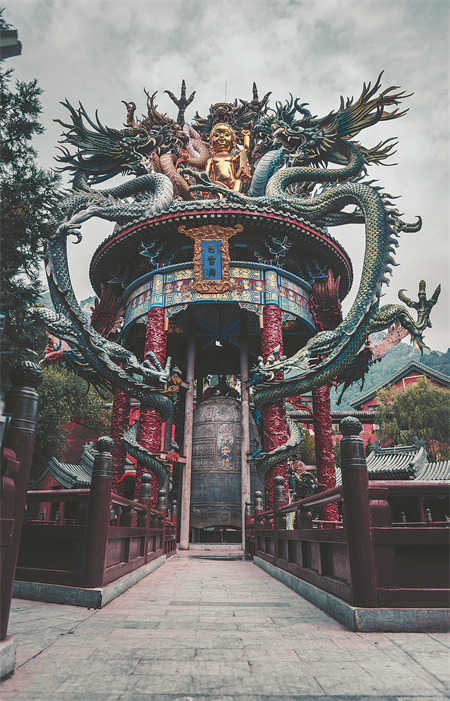

Beijing is home to a wealth of ancient temples and historical sites, which is part of the reason I was so drawn to the city. After living here for over 3 years, with minimal travel due to the COVID-19 pandemic, I can safely say that I have visited and photographed a large majority of the temples in the capital and one thing that I have come to realize is that they all have a number of visual and architectural similarities. This isn't a complaint, as the red walls and glazed tiles that adorn the bulk of these locations in the city never lose their charm. However, after recently learning about a temple with a strikingly different style just outside the city limits, I jumped at the opportunity to visit it.
Baipu Temple, or White Waterfall Temple, so named because of two waterfalls at the site, was first built during the Liao Dynasty (916-1125) and is located deep in the mountains in Beijing's Mentougou district. The temple has a history of more than 900 years, though very little of the original structure now remains.
The drive to the temple, though picturesque, was somewhat perilous, with the only access being a narrow road that passes through the mountains. On the final approach to Baipu, the cliffs on either side of the road are adorned with dozens of golden Buddha statues, secured to the rock face at almost impossible angles. Arriving at the car park of the complex, I was greeted by an imposing figure, baring his fangs and a variety of weapons in his six arms. This statue, one of the many Buddhist figures at the temple, is unlike anything I have seen in any of the other temples I have visited.
This figure in particular, whose name I wasn't able to discover, is a popular point of pilgrimage for many drivers, especially those who ride motorbikes. Apparently, this god will bless drivers and give them safe passage. Although I'm not sure how powerful such blessings are as, later in the day, we witnessed a small collision between some of the aforementioned motorcyclists and a car leaving the temple.